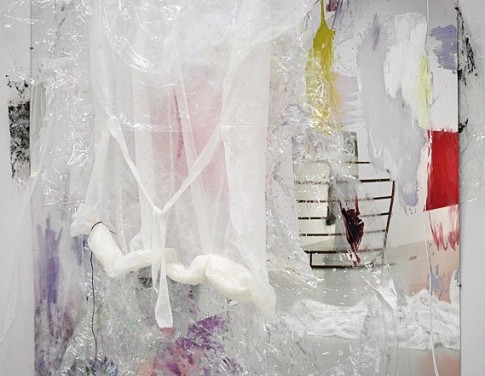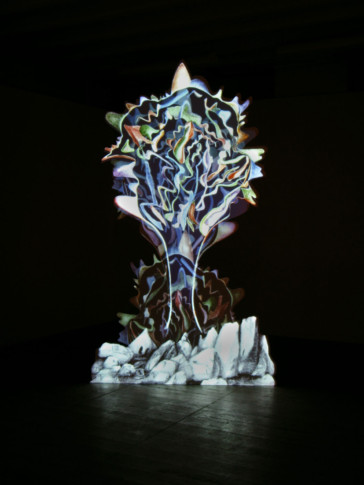
Per Hasselberg, Small House Bureau, 2009– © Per Hasselberg. Information sheets. Graphic design: Peter Ehrlin
Per Hasselberg
The project is based on community and self-determination: once the tenants have formed a collective, the Small House Bureau forms a construction company together with the housing company; the tenants manage design and construction work. With this project, Hasselberg associates himself with several traditions, for instance the original small house bureau; Hasselberg’s organisation is named after a 1920s housing policy scheme, which granted small, short-term “home-builder” loans to workers, enabling them to build their own prefab house without a cash down-payment. However, whereas this original small house bureau, which exists to this day under the name of Småa hus, could be said to promote the private entrepreneur, Hasselberg emphasises the democratic aspect of his project: self-built housing is one step in a comprehensive neighbourhood planning scheme, aiming to encourage the development of collective life in all its heterogeneity.
On the other hand, the Small House Bureau belongs to a broader tradition of more or less realistic architectural and urban planning projects spanning from early 20th-century garden cities, worker suburbs and allotments, to the diverse dreams of a radically democratic city that can be perpetually reconfigured, as in Constant, Yona Friedman or Luc Deleu. By reviving these traditions and creating the potential to diversify the design of public housing, Hasselberg proves that it is still possible to conceive viable alternatives to Swedish contemporary plutocratic segregation policy.
Per Hasselberg
Born 1971 in Skillingaryd
Lives and works in Stockholm
Education
1998–2003 Malmö Art Academy, Malmö
1997–1998 Art History, Stockholm University, Stockholm
1995–1997 Sculpture, Konstskolan Idun Lovén, Stockholm
1993–1995 Ölands Målarskola
1992–1993 School of Planning, Blekinge Institute of Technology
Selected solo exhibitions
2008 DOM, Stockholms Domkyrkoförsamling, Stockholm
2008 Ändra allt!, Röda Sten, Gothenburg
2005 OPTOPN, Index Foundation, Stockholm
Selected group exhibitions
2009 Soft Manipulation, Casino Luxembourg, Luxembourg [LU]
2006 Modernautställningen, Moderna Museet, Stockholm
2005 DMZ, Hangil Art Publication, Seoul [KR]
Selected bibliography
Thomas Jackson, ”SVT”, Kulturnyheterna, 2008-11-30.
Håkan Lövblad, Arkiv, samhälle och forskning, 2008: s./p. 1.
Ronald Jones, ”Whatever Happened to Social Democracy?”, Artforum, summer 2005.











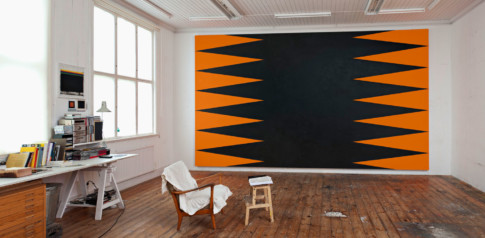
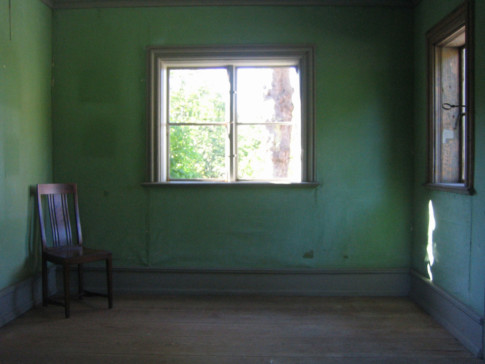




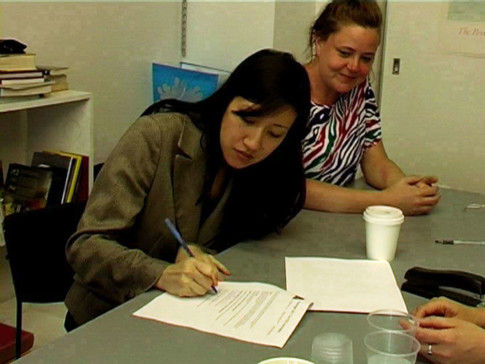


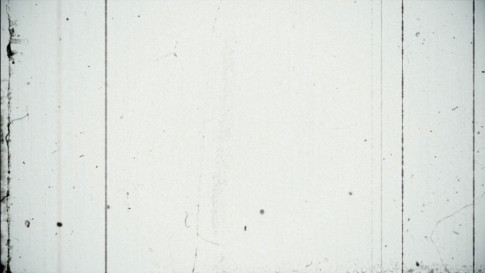



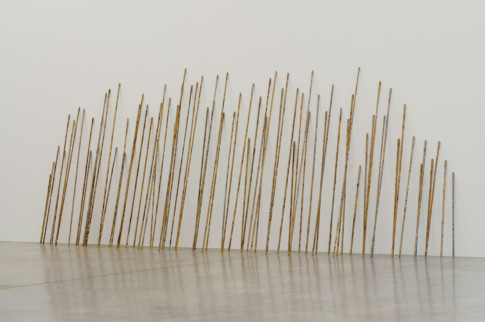






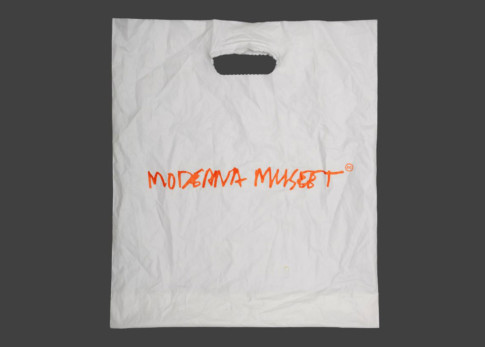










![Untitled (Cerulean Blue Deep, Cerulean Blue, Cerulean Blue [imit])](https://www.modernamuseet.se/stockholm/wp-content/uploads/sites/3/2010/08/simonson-jakob_untitled_2008_1500x1125-485x364.jpg)

